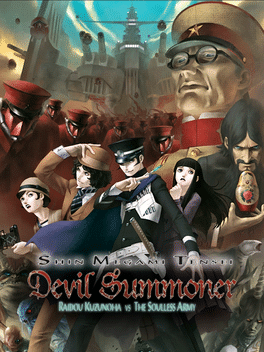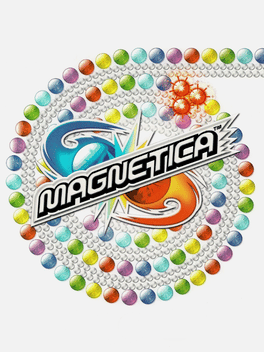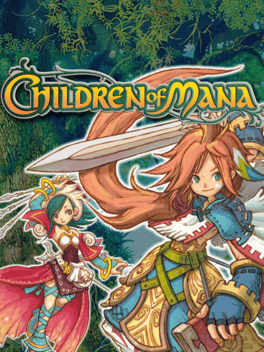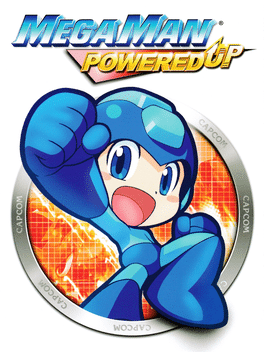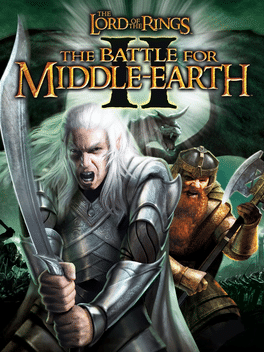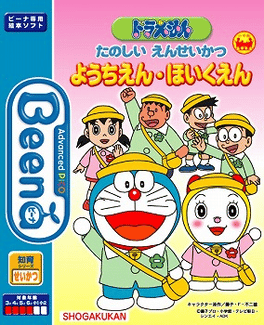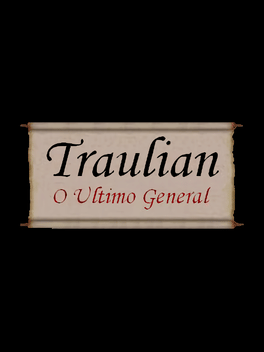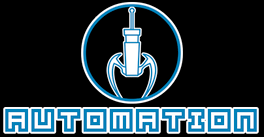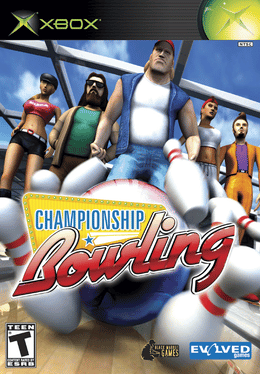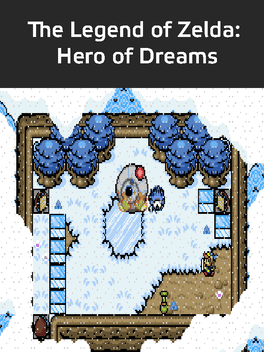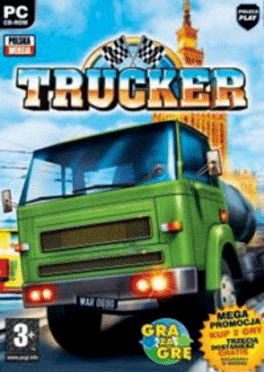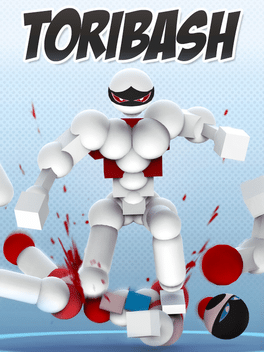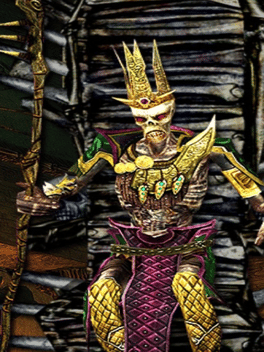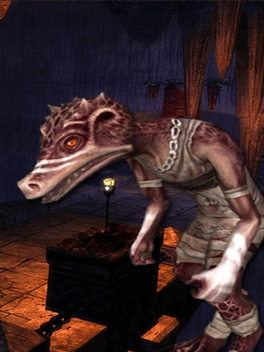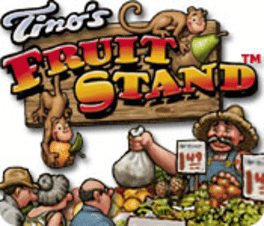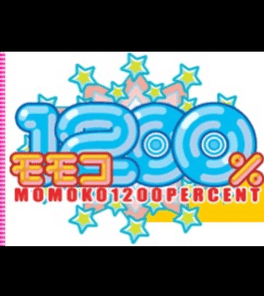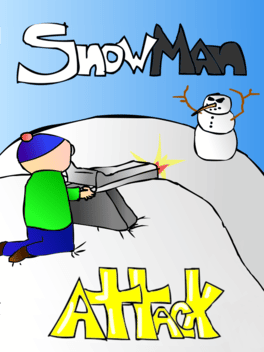New Games - Page 10297
-
Shin Megami Tensei Devil Summoner: Raidou Kuzunoha vs. The Soulless Army
2006
star 6.9Raidou Kuzunoha is a private detective in Japan's Taishou Period of the early 1900s, but he's much more than just a well-dressed crime scene investigator; he also has the power to capture and conjure demons to do his bidding. Take control of Raidou and his otherworldly companions, guide them through thrilling episodes of action and intrigue, and learn the incredible secrets of the Soulless Army. Detailed real-time combat sequence with swords, guns, combo attacks, and devilish helpers. Photorealistic graphics that transport the player to 1930s Japan. -
Magnetica
2006
Magnetica
2006
star 6.6Marbles are exclusively controlled by the stylus in this title that satisfies even the strongest puzzle addiction. Marbles are rolling relentlessly down a twisted track toward you. Stop them by launching launch new marbles with your stylus. When three or more like-colored marbles match up, they vanish. Tons of power-ups, multiple tracks and a great multiplayer mode make Magnetica a must for puzzle/action fans. Innovative use of stylus to flick marbles.Ultrarealistic magnetic physics: Launched marbles will curve toward like-colored balls. Three single-player modes: Challenge, Quest and Puzzle. Multiple paths and scads of power-ups and hazards will keep you on your toes. Consult the all-in-one dashboard on your top screen. Show off your Magnetica personalty by battling a friend head-to-head. Single-player items boost your score, slow down or stop time, or reverse the course of the marbles. Versus weaponry includes Ion Clouds (smoke screens you'll have to blow away via the DS mic), Recoils (which block marbles), Black -
Children of Mana
2006
Children of Mana
2006
star 6.1This installment of the series takes place in the world of Fa'diel on the island of Illusia where, at the center of the island, stands the famous Tree of Mana. Several years ago, on the island of Illusia, an event known the "great disaster" took place at the base of the Mana Tree and many lives were lost. During this event, a brave young boy and girl used the Sword of Mana to save the world from disaster. Now, years later, a group of orphans sets out to investigate the details of the event that took so many loved ones away from them. The player must journey through the rest of Fa'diel's five continents of Jadd, Topple, Wendell, Ishe, and Lorimar to complete the game, traveling to the other continents by riding Flammie from place to place using the "Flammie Drum." -
Mega Man Powered Up
2006
Mega Man Powered Up
2006
star 7.5Mega Man Powered Up, known as Rockman Rockman in Japan, is a remake of the first Mega Man game. It was released worldwide for the PlayStation Portable in March 2006. It was later released in a bundle alongside Mega Man: Maverick Hunter X and was slated for release on the PSP's PlayStation Network. It was released for the PlayStation Network service in Japan, but a US release did not occur due to technical difficulties. The game uses a chibi-style that was intended for the original game but was not possible at the time. The designers intended to keep this design faithful to the way the characters worked and looked in the original. While it received generally positive reviews, the game sold poorly, and plans for a remake of Mega Man 2 titled Mega Man Powered Up 2 fell through. -
The Lord of the Rings: The Battle for Middle-earth II
2006
star 8.1Wage war in the North and assume command of the most storied civilizations in all of Middle-earth history - the Elven and Dwarven armies - or fight on the side of Evil with heroes and creatures that have never been seen in The Lord of the Rings films. Defend or overtake never before seen lands such as Dol Guldur, The Misty Mountains, and Mirkwood as you unleash powerful new weapons and abilities, such as summoning dragons. -
Doraemon Tanoshii Enseikatsu Youchien Hoikuen
2006
Doraemon Tanoshii Enseikatsu Youchien Hoikuen is a Doraemon game released for the Advanced Pico Beena. -
Traulian: O Ultimo General
2006
Traulian: O Ultimo General is a medieval adventure game where you take the role of Traulian, the only survivor of the Dolbian army, in the great battle against the evil forces of Cerem. Your objective is to eliminate the monsters to avenge the death of your friends. -
Automation
2006
Automation
2006
Winner of the first OROW competition, this game was created in 1 week and is set in 1 room. A scientist looses his robot down a hole in the floor and must get it back using the environment around him. -
Championship Bowling
2006
Championship Bowling
2006
Championship Bowling combines true bowling mechanics with zany and amusing characters rolling their personalized balls in some crazy locations. The game boasts an array of distinctive characters, each uniquely animated, along with multiplayer functionality and many unlockable features. -
The Legend of Zelda: Hero of Dreams
2006
The Legend of Zelda: Hero of Dreams is a freeware unofficial Zelda fan game developed by Shoelace and published by PureZC. It is released as an expansion (quest) to Zelda Classic, another freeware Zelda fan game. -Travel through huge Forests, islands, caves, deserts, graveyards, mountains, towns, as well as Dreams. -Come face to face to some of the old Hero's of Hyrule. -Meet different cultures and races of Hyrule. -Fight some original custom bosses like Wolfblin and King Dodongo. -Play some great mini games like bow and arrow target practice and rafting. -Original puzzles -Huge Dungeons with different themes. -and More! -
Damnatio Memoriae
2006
Damnatio Memoriae
2006
14 AD. Agrippa Postumus, grandson of the recently-deceased Augustus, tries to avoid death at the hands of the next emperor, Tiberius. At his disposal: a couple of old manuscripts, a lamp, and a recalcitrant slave. And a powerful knowledge of the Art of Venus Genetrix, of course—the magic eventually known as the Lavori d'Aracne. A work of interactive fiction written by Emily Short. -
On the Run
2006
-
Trucker
2006
Trucker
2006
star 4Drive big trucks faster than ordinary cars, and be careful, coz you are not alone on the road. -
Toribash
2006
Toribash
2006
star 6.8Toribash is an innovative free-to-play online turn-based fighting game where you're able to design your own moves. Complete control over character's body, hundreds of game mods and bloody mess with full body dismemberment. -
Dungeons & Dragons Online: Delera's Tomb
2006
A premium collection of short dungeons about ghostly skeletons and other undead. The main quests are narrated by Gary Gygax. -
Dungeons & Dragons Online: The Seal of Shan-to-Kor
2006
A premium three-part dungeon for low level characters. Search the sewers for a large hobgoblin town and take back the Seal of Shan-To-Kor before its power is turned against Stormreach. -
Tino's Fruit Stand
2006
Tino's Fruit Stand
2006
The opening of a large, unfriendly MegaMart across the street has put Tino's family fruit stand in danger of closing! With a little help from Rikki, the fruit-picking monkey, your job is to help him fill orders and keep customers happy. Fill orders correctly to get bonuses, but don't slow down or let the fruit sit for too long -- that will lead to unhappy shoppers and cost you the family business. Use your power-ups wisely, make the right decisions and you'll grow more than fruit ... you'll grow an empire! -
Momoko 1200%
2006
Momoko 1200%
2006
This is a remake of the side-scrolling shooter "Momoko 120%," which first appeared in arcades in 1985. Players move through stages such as schools while defeating enemies and clear the stage when they reach the exit or defeat a set number of enemies. Depending on how they clear the stage, the schools and jobs they can go on to change. Physical growth also changes in various ways. -
The Little Eggy That Could
2006
In The Little Eggy That Could, you star as the Easter Egg. As the egg, you must make your way through each level while picking up all of the pieces of candy that there is to collect. After all of the candy has been collected, a Golden Egg will appear somewhere within the level. You must locate and jump into this Golden Egg in order to be teleported to the next level or world. -
Snowman Attack
2006
Snowman Attack
2006
Your snow fort is under attack. Defend it at all costs against the ruthless snow army.

